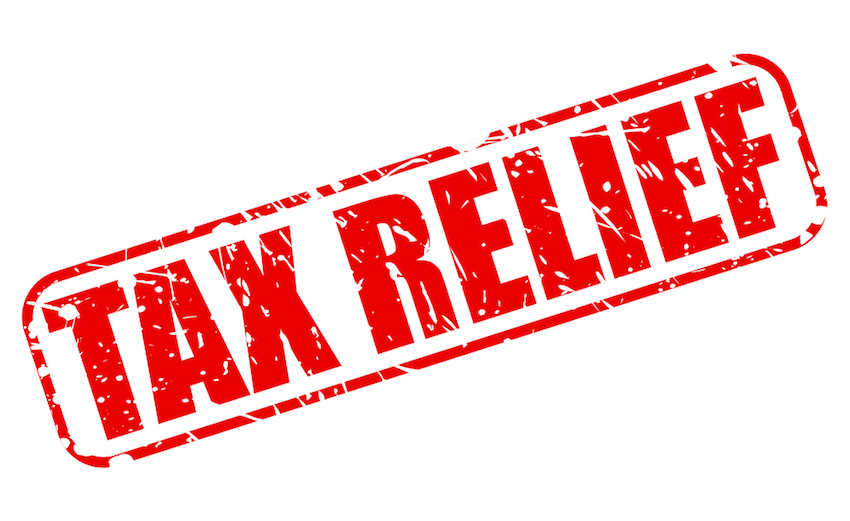Business owners should understand the roles and responsibilities they have when it comes to the IRS’ efforts to collect unpaid taxes from their employees and vendor. The team at Optima Tax Relief highlights some of the key things business owners need to know about the role they play in tax debt collection
For many business owners, understanding how their business can stay in compliance with federal tax regulations is not only one of their key responsibilities, it can also impact the livelihood of their business long term. But what many may not understand is their tax responsibilities to the IRS go beyond just paying their taxes each quarter. Business owners also have responsibilities to the IRS when it comes to the their efforts to collect tax debt from business employees, the vendors they work with, and even their customers.
If the IRS places a levy on one of your business’ employees as part of their efforts to collect outstanding tax debt, it is the business owner’s responsibility to submit the employee’s garnished wages to the IRS. These levied wages will continue to attach to the employee’s salary until the debt is rectified in whole – and include more than just salary. They can also include any deferred compensation payments, including both retirement and pension income.
While the IRS will notify the business owner using a Form 668-W(ICS) or a Form 668-WDO, it is the employee’s responsibility to contact the IRS directly to confirm the total payoff amount for the debt – this information cannot be released to the employer. Business employers also have the responsibility of working with the employee (and given a 3-day window to do so) to determine what income would be exempt from the levy. The IRS expects all employers to encourage their employees to work quickly, efficiently, and directly with the IRS to conclude the debt period.
Sponsored Content












